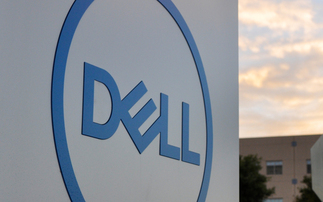Organisations admit to being hit by ransomware attacks in the last two years, with 16 per cent saying that they'd suffered unexpected insider attacks or data leakage in the same period
Half of UK-based organisations have been hit by ransomware attacks in the last two years, with 12 per cent of UK firms saying these types of attacks had not been detected until after they had enter...
To continue reading this article...
Join Computing
- Unlimited access to real-time news, analysis and opinion from the technology industry
- Receive important and breaking news in our daily newsletter
- Be the first to hear about our events and awards programmes
- Join live member only interviews with IT leaders at the ‘IT Lounge’; your chance to ask your burning tech questions and have them answered
- Access to the Computing Delta hub providing market intelligence and research
- Receive our members-only newsletter with exclusive opinion pieces from senior IT Leaders






















